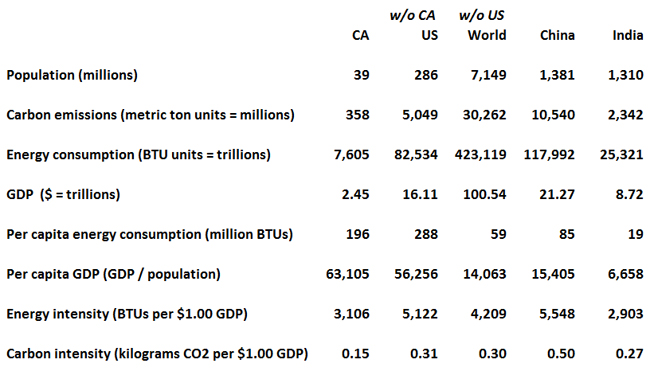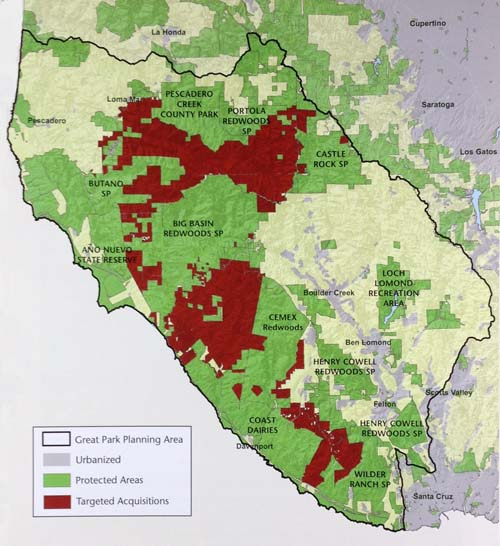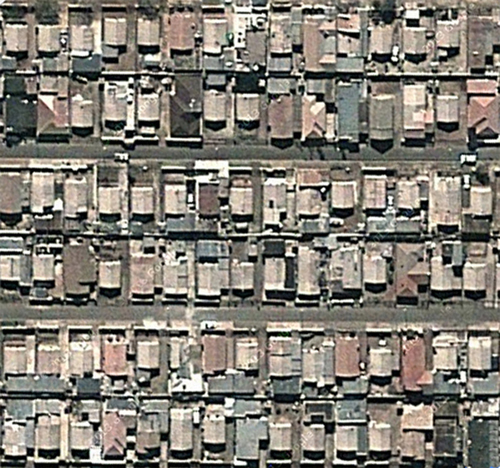California’s Failure to Store Water Exemplifies its Political Dysfunction
In 2017, when cracks appeared in the Oroville Dam’s spillway, more than 180,000 Californians faced the prospect of floods. The emergency came a few years after Californians had overwhelmingly approved Proposition 1, a ballot measure to spend $7.1 billion on water-storage projects. In the drought-stricken Golden State, where runoff from rain and snowmelt races uselessly into the Pacific Ocean, the proposition won wide support, with voters approving it, two-to-one. But four years after passage, the state water commission has yet to assign a dime of funding for storage.
California once performed miracles in building infrastructure to quench the thirst of its residents and agricultural producers. In the 1960s, Governor Pat Brown oversaw construction of the San Luis Reservoir, capacity 2 million acre-feet. Approved for construction in 1963, it was completed by 1968—five years from start to finish. Those days are long gone. Any surface-storage project now faces years of litigation from environmental groups such as the powerful Sierra Club. At every stage in the construction process, delays of months or years ensue to resolve well-funded lawsuits launched under every conceivable pretext, from habitat destruction to inundation of Native American artifacts.
Nevertheless, the California Water Commission has finally announced its plans to fund new projects with the money from Proposition 1. Many Californians were surprised to learn that the proposition’s fine print stipulated that only a third of the money was ever intended to fund water storage. The rest is earmarked for other projects, ranging from habitat restoration to levee upgrades. Neither the commission nor most of the applicant agencies offer clarity as to how much additional storage the projects will add to California’s normal water supplies in an average year.
Clearly, some of the projects will make a tremendous difference to California’s parched water economy. The proposed Sites Reservoir, to be built just west of the Sacramento River, promises a capacity of nearly 2 million acre-feet; it alone could contribute a half-million acre-feet or more to the state’s water supply even in drought years, and much more in years with normal rainfall. Similarly, the Temperance Flat Reservoir will expand an existing reservoir on the San Joaquin River. Propitiously located south of the delta, this 1.3 million acre-foot construction could contribute 250,000 acre-feet or more to California’s water supply, even in drought years.
To appreciate how much capacity these two projects would add, consider that California’s total residential water consumption—indoor and outdoor combined —is only 4 million acre-feet per year. None of the other proposed projects comes close to matching these two, but in any case, it will be years before this new infrastructure can capture one drop of rain or runoff. The Sites Reservoir application anticipates completion by 2029; the Temperance Flat Reservoir, by 2033. Constant litigation, combined with years of legislation empowering unions and state agency bureaucrats to slow construction, have quadrupled the time required to build—and sent costs soaring. In 2018 dollars, Pat Brown’s San Luis Reservoir cost $672 million; the Sites Reservoir is projected to cost $5.2 billion—seven times as much, for a nearly identical facility.
To eliminate politically contrived shortages, Californians should embrace an all-of-the-above strategy to increase water supplies. They should select projects that yield the best return on investment while they take a hard look at what’s driving construction costs out of sight. Proposition 1 was a mandate to solve a solvable problem—store runoff to eliminate water scarcity. But California legislators have dragged their feet on implementation, betraying their constituents and exemplifying the state’s dysfunctional political culture. When it comes to water issues in California, not just quality of life, but life itself, is at stake.
This article originally appeared in City Journal.
* * *

Edward Ring is a contributing editor and senior fellow with the California Policy Center, which he co-founded in 2013 and served as its first president. He is also a senior fellow with the Center for American Greatness, and a regular contributor to the California Globe. His work has appeared in the Los Angeles Times, the Wall Street Journal, the Economist, Forbes, and other media outlets.
To help support more content and policy analysis like this, please click here.







